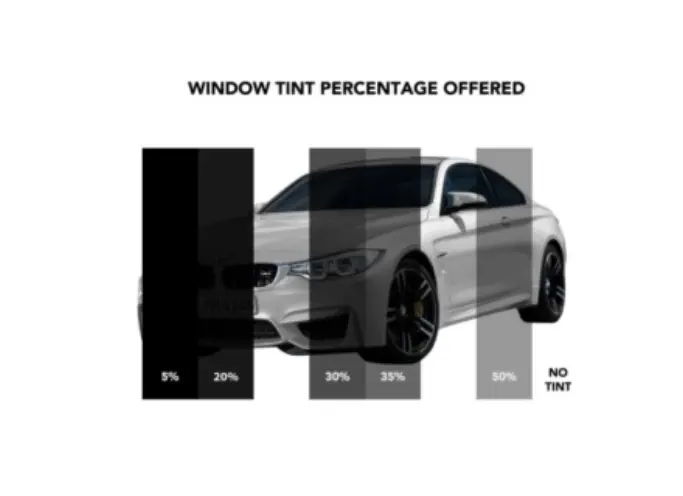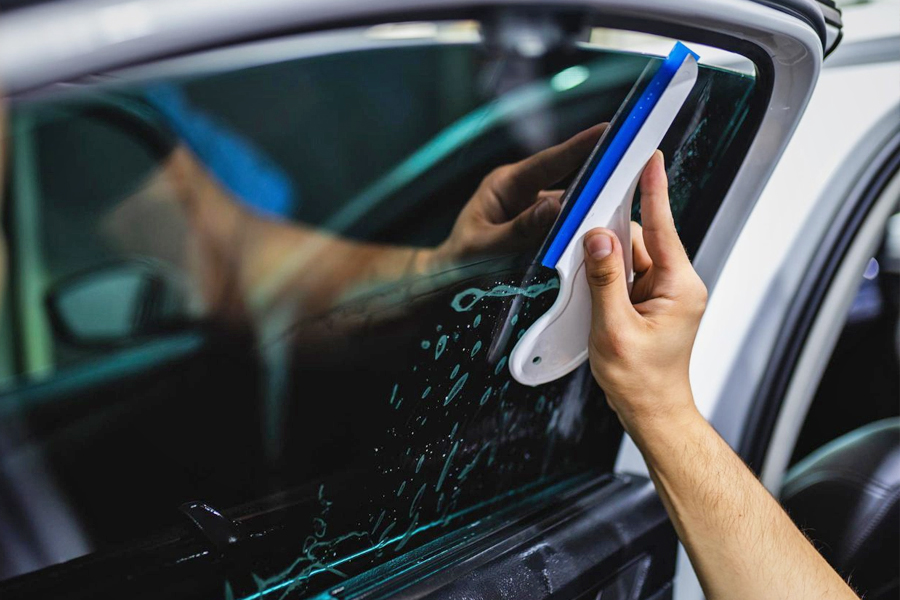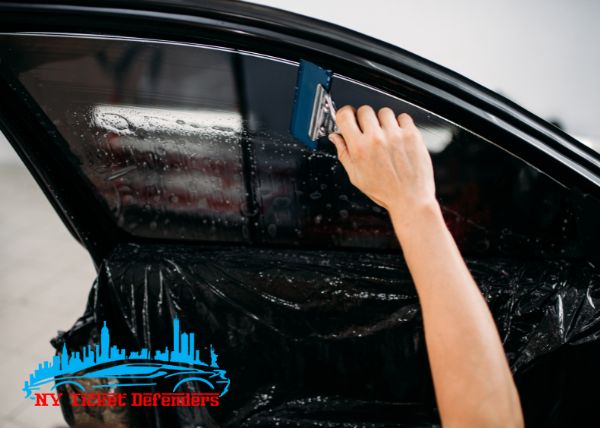Home Window Tinting Regulations and Standards: What You Need to Know Before Tinting Your Cars And Truck
Before waging home window tinting for your car, it is vital to familiarize yourself with the varied laws and standards that regulate this method across various states. These laws dictate the permitted levels of tint darkness, usually measured by visible light transmission (VLT) portions, and consist of specific terms for front windshields targeted at making certain roadway security. In addition, specific jurisdictions may use medical exceptions for people with certifying conditions. Comprehending these intricacies can save you from potential lawful ramifications, however what are the certain guidelines in your state?
Introduction of Window Tinting Laws
Home window tinting legislations are regularly based on variant across different territories, reflecting neighborhood laws and safety considerations. These regulations determine the allowable degrees of color darkness and reflectiveness on automobile home windows, guaranteeing that vehicle drivers maintain appropriate exposure while additionally shielding against damaging UV rays and warm.
Most regulations identify home window tinting based on the Visible Light Transmission (VLT) percentage, which indicates the amount of light that can travel through the home window. Usually, lower VLT percents symbolize darker tints. Regulations often set apart in between the front, side, and back home windows, with stricter limitations used to the front windshield to enhance safety and security for both the motorist and other road customers.
In addition, some jurisdictions enforce limitations on the reflectivity of the tint, avoiding excessive glare that might harm visibility. Exemptions to these regulations may exist for people with particular medical conditions requiring extra sun security. Conformity with window tinting policies is essential, as violations can lead to fines, mandatory removal of the tint, and prospective increases in insurance policy premiums. As a result, it is necessary for vehicle owners to familiarize themselves with neighborhood laws prior to waging home window tinting setups.
State-by-State Tint Laws
Recognizing the certain home window tinting policies in each state is important for vehicle owners seeking to comply with the law. Each state in the U.S. has established its own set of guidelines governing window tinting, which can vary considerably. These policies often dictate the permitted levels of color darkness, the kinds of windows that can be tinted, and any kind of medical exemptions that may apply.
As an example, states like The golden state have stringent constraints on color darkness for front home windows, while others, such as New Mexico, might allow darker tints. Furthermore, specific states mandate specific presence percentages for numerous home windows, including the windscreen, front side home windows, and back windows. It is vital for auto proprietors to acquaint themselves with their state's regulations to stay clear of possible fines or fines.
In addition, some states may require a certification sticker label to be placed on colored windows, indicating compliance with state regulations. Failing to abide by these guidelines not only takes the chance of lawful effects however can likewise impact safety and security and exposure while driving. Vehicle proprietors ought to carry out complete research study or get in touch with neighborhood authorities to guarantee complete understanding and compliance with state-by-state tint regulations.
Allowed Tint Kinds and degrees
Numerous lorry proprietors may be stunned additional resources to find out that allowed color degrees and kinds differ commonly across different states. Each state has developed its own policies pertaining to the allowable darkness and reflectivity of window tint, usually determined by Visible Light Transmission (VLT) percents. VLT describes the amount of light that can go through the colored windows; hence, a reduced portion shows a darker tint.

Additionally, the types of color materials allowed can vary, with some states prohibiting mirror-like or metal finishes. It is necessary for car proprietors to acquaint themselves with their state's certain regulations to guarantee compliance. Non-compliance can lead to penalties, compulsory removal of the color, or various other lawful consequences, making it essential to understand these guidelines prior to waging installment.
Medical Exceptions for Tinting
While not all states supply allocations for medical exceptions relating to home window tinting, those that do identify the necessity for specific people to improve exposure and comfort as a result of medical problems. Numerous medical problems, such as lupus, skin cancer cells, and certain eye disorders, can render individuals specifically delicate to sunshine. As a result, these individuals might need darker tints to secure themselves from hazardous UV rays and glare.

It is necessary to keep in mind that despite a clinical exemption, there may still be restrictions on the level of color allowed. Compliance with state regulations makes certain that individuals are both protected and within legal limitations. you could try this out Those taking into consideration clinical exemptions need to contact their local Department of Electric motor Cars or equivalent authority to recognize the treatments and needs necessary to obtain an exemption efficiently.
Penalties for Non-Compliance
Falling short to abide with window tinting laws can lead to significant fines, which differ by state. Police are empowered to release citations for cars that do not stick to the specified tinting regulations. These penalties typically consist of fines, which can vary from moderate quantities to several hundred dollars, depending upon the extent of the violation and the state concerned.
In some jurisdictions, repeated offenses might lead to escalating fines or extra charges, such as obligatory court looks. Moreover, non-compliance may demand the removal of illegal tinting, frequently at the owner's cost. In extreme instances, regular transgressors may deal with suspension of their vehicle enrollment till conformity is achieved.
Furthermore, insurance implications might occur from getting several citations for home window tint violations. Insurance firms may check out such violations as a sign of riskier habits, possibly bring about raised premiums or trouble in protection.
To avoid these fines, it is vital for lorry owners to acquaint themselves with their regional window tinting laws and make sure that their vehicle complies (Window Tinting). This aggressive method not only prevents lawful implications however likewise promotes roadway safety and security
Final Thought

A lot of laws categorize home window tinting based on the Visible Light Transmission (VLT) percent, which shows the quantity of light that can pass via the home window. Conformity with home window tinting regulations is vital, as infractions can result in fines, required elimination of the color, and prospective boosts in insurance premiums.Comprehending the details window tinting policies in each state is important for car owners seeking to comply with the regulation. These guidelines frequently determine the permitted degrees of tint darkness, the types of home windows that can be tinted, and any kind of medical exceptions that may apply.
For circumstances, states like The golden state have strict restrictions on color darkness for front windows, while others, such as New Mexico, might enable darker colors.